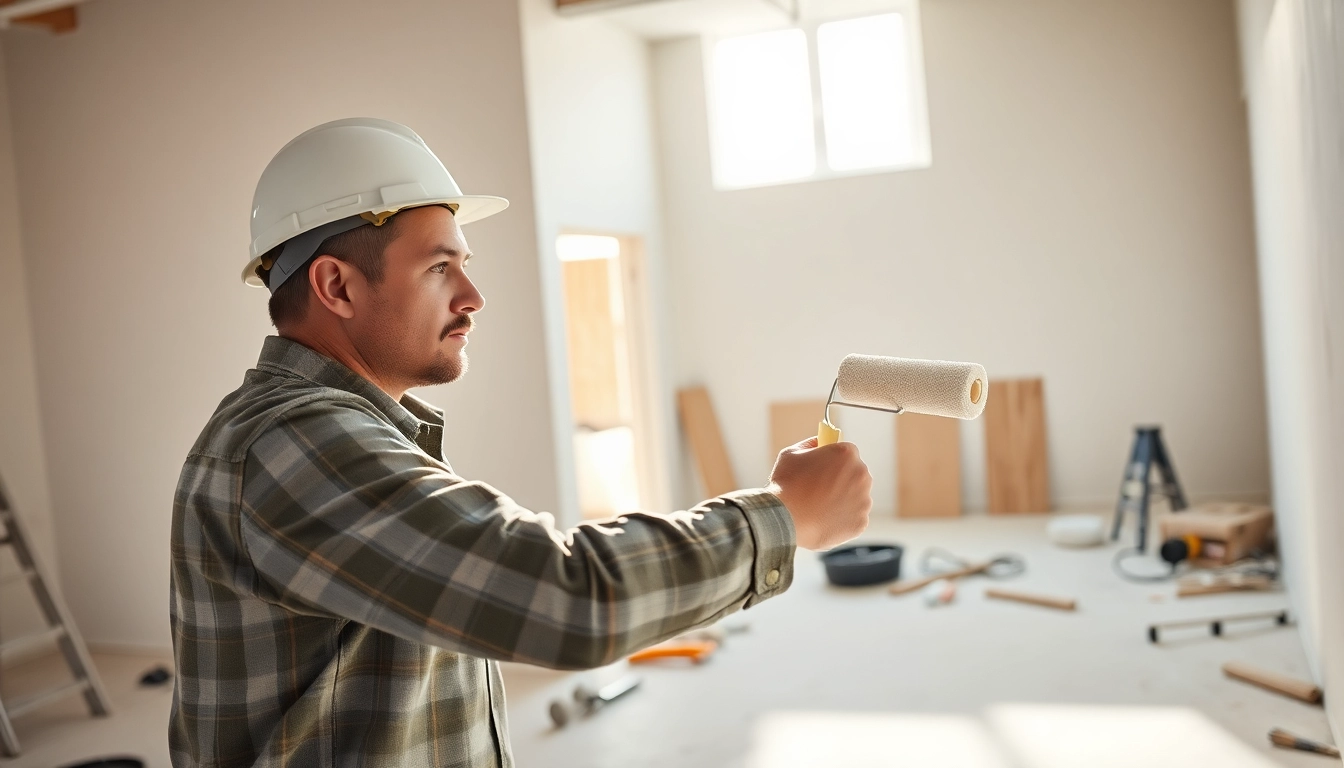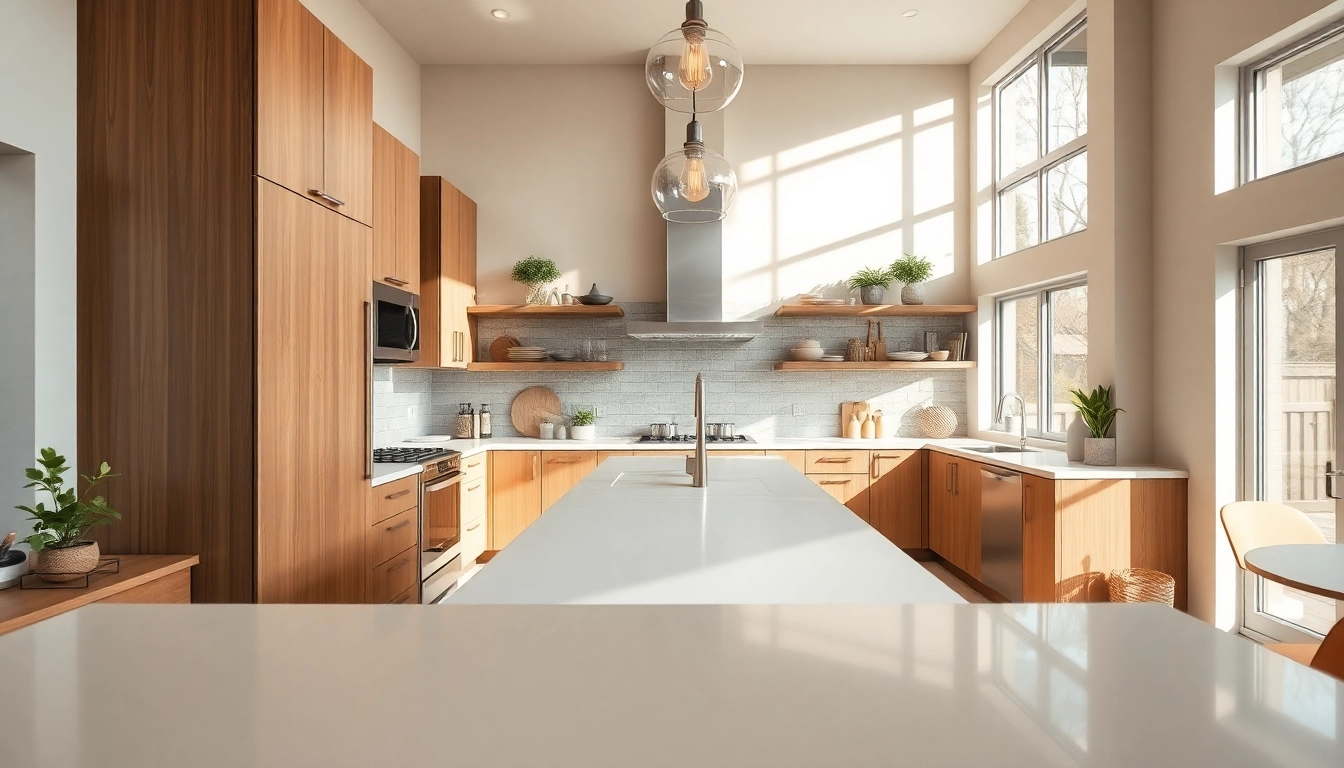Understanding Drywall Painting Basics
Drywall painting is an integral aspect of home improvement that not only enhances the aesthetics of living spaces but also protects and maintains interiors. It involves applying paint to drywall surfaces, which are typically made of gypsum board. Before embarking on a drywall painting project, it’s essential to grasp its fundamentals, including the necessary preparations and tools.
What is Drywall Painting?
Drywall painting refers to the process of applying paint to drywall surfaces to create an appealing finish for homes and commercial spaces. This procedure can involve various stages such as priming, choosing the right paint type, and employing appropriate techniques for an even and durable application. Should you opt for drywall painting, understanding these methods is crucial for achieving the best results.
Importance of Proper Preparedness
Proper preparedness is critical in drywall painting. Any surface imperfections such as dings, cracks, or nail holes should be addressed before painting begins. Failure to prepare leads to results that might appear uneven or unprofessional. This stage often includes cleaning the drywall to remove dust and debris, ensuring a smooth painting surface.
Common Tools for Drywall Painting
Having the right tools is essential for achieving a high-quality finish. Common tools include:
- Paint Brushes: Ideal for corners and fine details.
- Rollers: Excellent for covering large areas swiftly.
- Paint Tray: Utilized to hold paint while rolling.
- Drop Cloths: Important for protecting floors and furniture.
- Sandpaper: Helps in smoothing out the surface before painting.
- PVA Primer: Often necessary for priming new drywall surfaces.
Essential Steps for Painting Drywall
Prepping Your Drywall for Paint
Prepping drywall involves several key actions:
- Cleaning: Use a vacuum or damp cloth to remove dust.
- Repairing: Fix any imperfections with joint compound or spackle.
- Sanding: Sand the repaired areas and surrounding surfaces for smoothness.
- Priming: Applying a high-quality primer coat is essential for even paint coverage.
This thorough preparation sets the stage for a flawless finish.
Choosing the Right Primer and Paint
Selecting the right primer and paint is crucial for durability and appearance. For drywall, a PVA (Polyvinyl Acetate) primer is commonly recommended as it promotes adhesion and prevents uneven absorption of paint. For the paint, both acrylic and latex options are popular, with acrylic being suitable for wet areas and latex offering easy cleanup and good color retention.
Techniques for Applying Paint
When it comes to applying paint to drywall, using the right techniques helps in achieving an even coat:
- Cutting In: Start by using a brush to paint corners and edges, known as “cutting in.”
- Rolling: Use a roller for larger wall areas, applying paint in a consistent motion.
- Multiple Coats: Apply multiple thin coats instead of one thick coat to prevent drips and achieve an even finish.
Mistakes to Avoid When Painting Drywall
Skipping the Primer Step
One of the most common mistakes is skipping the primer application. Primer serves as a foundation for your paint, providing better adhesion and blocking stains. Without it, you risk visible seams and variations in color absorption across the drywall.
Not Sanding Between Coats
Another frequently overlooked step is failing to sand between paint coats. Lightly sanding the surface between each coat prevents uneven textures and allows subsequent coats to adhere better.
Using the Wrong Type of Paint
Choosing the wrong paint can lead to a host of problems—such as peeling or uneven colors. It’s essential to select products specifically designed for drywall to ensure optimal coverage and durability in the long run.
Advanced Techniques for a Professional Finish
Texture and Patterns for Drywall
Adding texture can enhance the visual appeal of your drywall surfaces. Texturing techniques, such as knockdown or slap brush, can add character and help hide imperfections. Tools like texture rollers or sprayers are often used for these applications.
Using Sprayers vs. Rollers
When it comes to applying paint, both sprayers and rollers have their advantages. Sprayers can cover large areas quickly and evenly, but they require more setup and cleanup. Rollers are user-friendly and allow for greater control in applications but may take longer for extensive spaces. Choosing the right method depends on your project size and skill level.
Final Touches for Perfection
Once the primary painting is complete, look for any missed spots or imperfections. Use a fine brush to touch up areas around trim or in corners. This attention to detail will elevate your project from average to professional.
Maintaining Your Painted Drywall
Best Practices for Care and Maintenance
To keep your painted drywall looking fresh, consider the following maintenance practices:
- Regular Cleaning: Wipe down walls with a damp cloth to remove dust.
- Touch-Ups: Keep leftover paint handy for minor touch-ups that arise over time.
- Monitor for Damage: Watch for signs of wear, such as scuff marks or fading, especially in high-traffic areas.
When to Repaint or Touch Up
Knowing when to repaint your drywall depends largely on wear and tear observed. If you notice significant fading, peeling, or dingy areas that cleaning won’t fix, it may be time for a fresh coat. Typically, interiors might need repainting every 5-7 years.
FAQs on Drywall Painting
Addressing common questions can also help ensure your drywall painting process is smooth:
- Can you paint directly over drywall? While you can technically paint directly on drywall, it is not advisable without proper preparation. A primer is recommended for best results.
- What type of paint is best for drywall? Both acrylic and latex paints are suitable, depending on the area’s humidity and use.
- What happens if I skip the primer? Skipping the primer can lead to poor adhesion, uneven surfaces, and an overall less durable finish.



